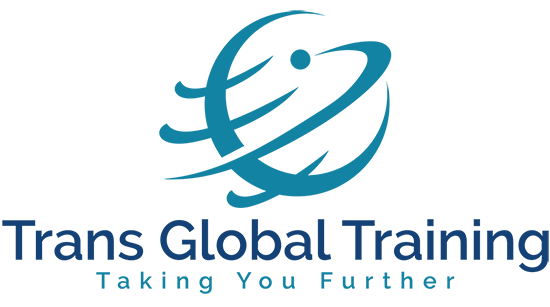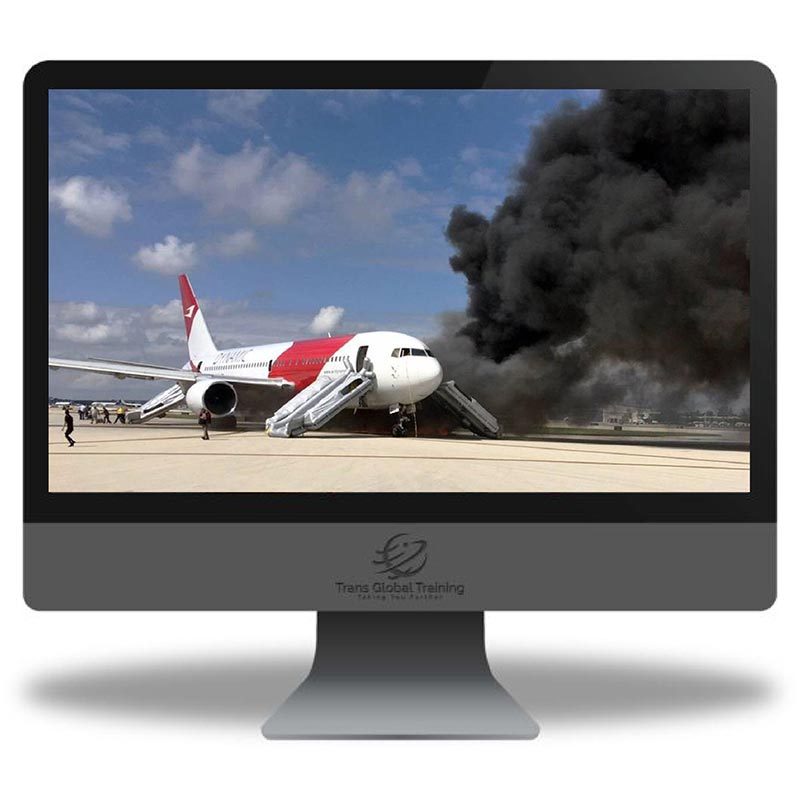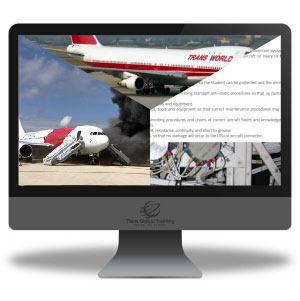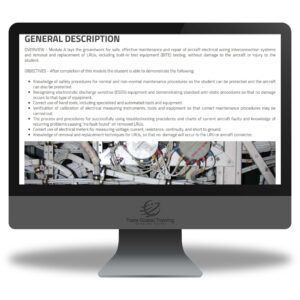
Shop
Human Factors in Aviation Continuation
£35.00
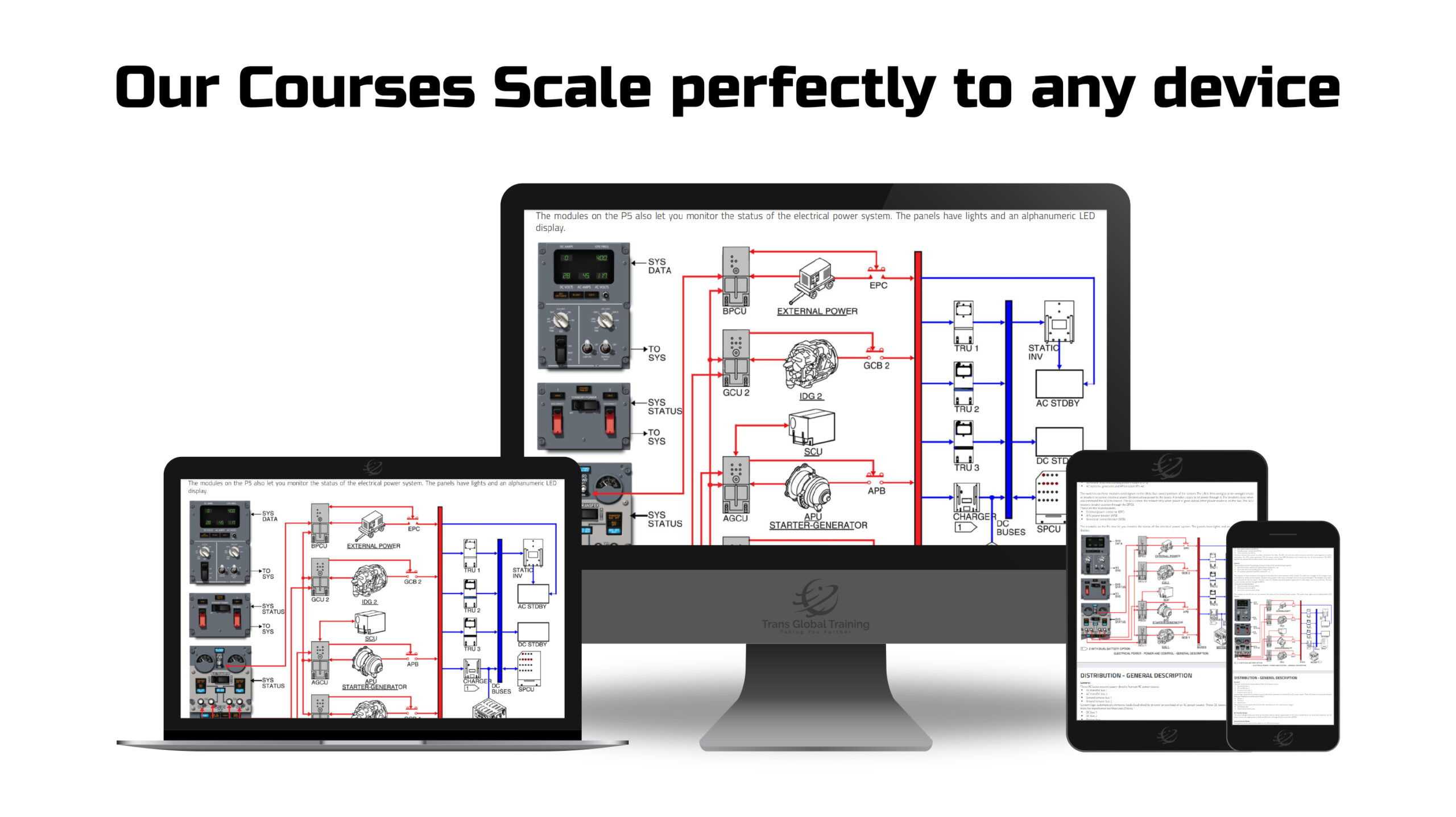
HUMAN FACTORS REFRESHER/CONTINUATION COURSE
ABOUT
This Human Factors Refresher/Continuation course complies with EASA AMC 2 145.A.30(e) and is suitable for;
Post-Holders, managers, supervisors
Certifying staff, technicians and mechanics
Technical support personnel such as, planners, engineers, technical record staff, Quality Control / Assurance staff
Specialised service staff
Human Factors Staff / Human Factors Trainers
Store department staff, purchasing department staff
Ground Equipment operators
Contract staff in the above categories
More Information
As engineers ourselves, we wanted to make the mandatory Human Factors more interesting and relevant than older courses. If a course is interesting and informative then study becomes more enjoyable and less of an effort. Our HF course incorporate up to date incidents and accidents which have occurred this year which are relevant to aircraft engineers as opposed to the more traditional courses that focus on events from 30+ years ago.
Click on the DESCRIPTION below for course syllabus and more details
Description
Human Factors EASA Continuation Syllabus
This aviation Continuation Human Factors course complies with AMC/GM TO ANNEX II (PART-145) TO REGULATION (EU) No 1321/2014 GM 1 145.A.30(e) Personnel requirements TRAINING SYLLABUS FOR CONTINUATION HUMAN FACTORS TRAINING.
DETAILED COURSE SYLLABUS
The Trans Global Training syllabus below identifies the topics and subtopics addressed during the Human Factors training.
- General/Introduction to safety management and human factors
1.1. Need to address safety management and human factors
1.2. Statistics
1.3. Incidents
- Safety risk management
la.l. Hazard identification
la.2. Safety risk assessment
la.3. Risk mitigation and management
la.4. Effectiveness of safety risk management
- Safety Culture/Organisational factors
2.1 Justness/trust
2.2 Commitment to safety
2.3 Adaptability
2.4 Awareness
2.5 Behaviour
2.6 Information
- Human Error
3.1. Error models and theories
3.2. Types of errors in maintenance tasks
3.3. Violations
3.4. Implications of errors
3.5. Avoiding and managing errors
3.6. Human reliability
- Human performance & limitations
4.1. Vision
4.2. Hearing
4.3. Information-processing
4.4. Attention and perception
4.5. Situational awareness
4.6. Memory
4.7. Claustrophobia and physical access
4.8. Motivation
4.9. Fitness/health
4.10. Stress
4.11. Workload management
4.12. Fatigue
4.13. Alcohol, medication, drugs
4.14. Physical work
4.15. Repetitive tasks/complacency
- Environment
5.1. Peer pressure
5.2. Stressors
5.3. Time pressure and deadlines
5.4. Workload
5.S. Shift work
5.6. Noise and fumes
5.7. Illumination
5.8. Climate and temperature
5.9. Motion and vibration
5.10. Complex systems
5.11. Other hazards in the workplace
5.12. Lack of manpower
5.13. Distractions and interruptions
- Procedures, information, tools and practices
6.1. Visual inspection
6.2. Work logging and recording
6.3. Procedure – practice/mismatch/norms
6.4. Technical documentation – access and quality
6.5. Critical maintenance tasks and error-capturing methods (independent inspection,
reinspection, etc.)
- Communication
7.1. Shift/task handover
7.2. Dissemination of information
7.3. Cultural differences
- Teamwork
8.1. Responsibility
8.2. Management, supervision and leadership
8.3. Decision-making
- Professionalism and integrity
9.1. Keeping up to date; currency
9.2. Avoiding error-provoking behaviour
9.3. Assertiveness
- Organisation’s safety programme
10.1. Safety policy and objectives, just culture principles
10.2. Reporting errors and hazards, internal safety reporting scheme
10.3. Investigation process
10.4. Action to address problems
10.5. Feedback and safety promotion
